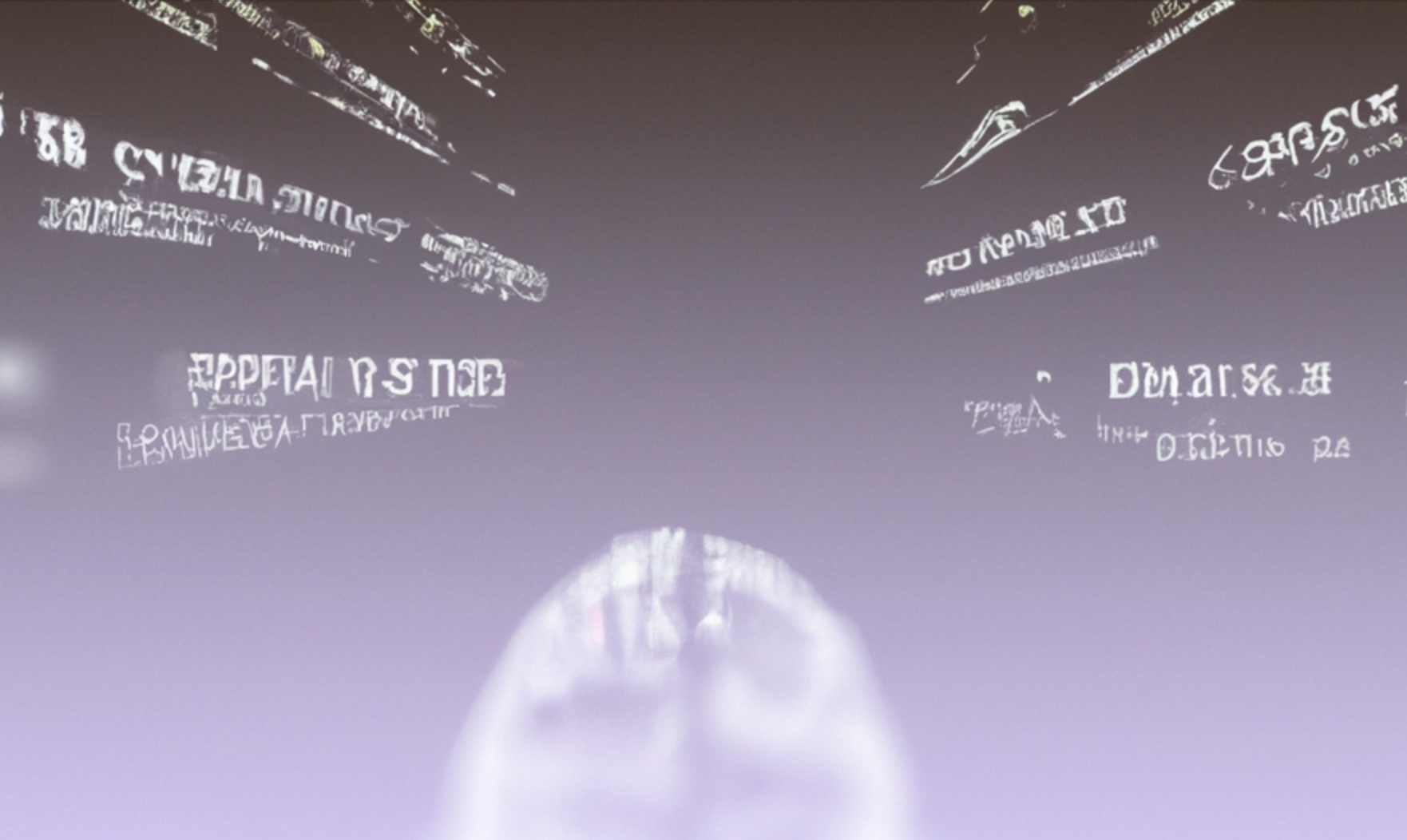Book categorisation can be key to the marketing success of a title or content. When potential readers are searching for a book if it is not categorised or is incorrectly categorised then they have very little chance of finding it.
We have recently been looking at classification systems. There exists a wide range of classification systems. Some of these focus on very specific topics others try to provide a top-level set of categories that cover all content.
At present book publishers generally require that the content is classified within two of these systems BISAC and Editeur Thema. In this post, we will introduce both formats and let you know how they can be used.
BISAC
The BISAC system was developed in the United States in the 1990s and has since become the standard classification system for the book industry in North America and beyond. It is maintained by the Book Industry Study Group (BISG) https://www.bisg.org/, a non-profit organization that works to improve communication and understanding within the book industry. It is used globally but its origins are in North American publishing.
There are well over 3,000 BISAC subject headings, which are (currently) organized into 53 main categories:
You can access the free browseable version online at
https://www.bisg.org/complete-bisac-subject-headings-list
ANTIQUES & COLLECTIBLES
LITERARY COLLECTIONS
ARCHITECTURE
LITERARY CRITICISM
ART
MATHEMATICS
...
Within each of these categories, there are further subcategories that allow for a more specific classification of a book’s subject matter.
ANT000000 ANTIQUES & COLLECTIBLES / General
ANT056000 ANTIQUES & COLLECTIBLES / Advertising
ANT002000 ANTIQUES & COLLECTIBLES / Art
ANT003000 ANTIQUES & COLLECTIBLES / Autographs
.............
Editeur Thema
Editeur Thema is a subject classification system developed by Editeur, a non-profit organization that promotes standards in the publishing industry. It has been designed to work globally to classify and organize books and other published works based on their subject matter.
The key differentiator for Editeur Thema is that it has been designed to be globally implemented unlike other classification methods such as BISAC (North America) and BIC (A UK-based standard). You can browse the hierarchy in several languages and there are several additional qualifiers that can be used to further represent the source or target audiences.
It consists of around 3000 subject categories, which are (currently) organized into nine 20 main categories:
https://ns.editeur.org/thema/en
The Arts
Language and Linguistics
Biography, Literature and Literary studies
Fiction and Related items
Lifestyle, Hobbies and Leisure
.....
There are then several levels of subcategories for instance
W Lifestyle, Hobbies and Leisure
WC Antiques, vintage and collectables
WCB Antiques, vintage and collectables: buyer’s guides
You can also add a set of qualifiers on top of these subjects
- Place qualifiers – The place or places associated with a title
- Language qualifiers –The languages the title is associated with
- Time period qualifiers – The period the title covers or when it was created
- Educational level qualifier – The specific qualification or education level a title is associated with
- Interest qualifier – A specific age range or target audience group
- Style qualifiers – The particular style of expression
By combining these subjects with qualifiers Thema allows more flexibility to represent the regional or demographic nature of a title within a single set subject hierarchy.
Usage of BISAC and Editeur Thema
Once categories (and any qualifiers) have been picked for a title these will travel with a book through the distribution process to bookstores, online retailers and distribution channels.
Each end user of the categories is different for instance the categories on amazon are not Bisac or Thema but the categorisation provided enables amazon (or your local bookstore) to put the title in the correct place within your own structure. It is worth noting that amazons structure is quite similar to BISAC.
Steps for successful categorisation
When categorising titles it is important to be as specific as possible. If a title is marked with the category
Antiques, vintage and collectables: buyer’s guides
Then it is automatically also in the higher level subjects in this instance
Antiques
Vintage and collectables
So there is no need to add them to all three.
It is recommended that each title is only added to 3-4 categories adding any more can make them less useful for retailers.
Thema also suggests that the first category used is the main category for the title so make sure that your key category is first.
How we can help
Arqworks support both Thema and Bisac in the Arq plus content management system. These can then be sent by Arqworks on your behalf to third parties as part of ONIX feeds.
We also have an automatic classification tool based on machine learning where we have trained a model based on a large corpus of content.
This system will automatically create categories based on the textual content of the title, these can then be manually amended if needed.
If you would like to learn more about our auto-classification or would like to speak to us about BISAC or thema then feel free to reach out in the comments or send an email to info@arq.works






